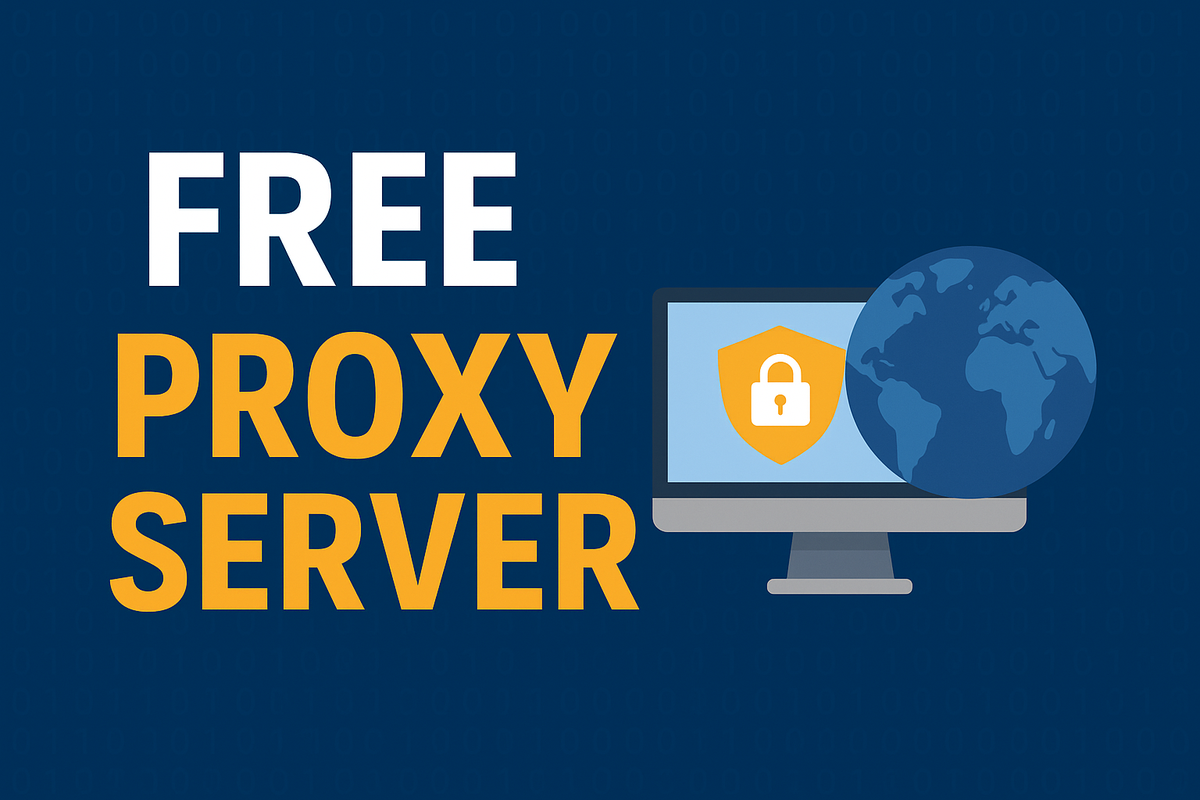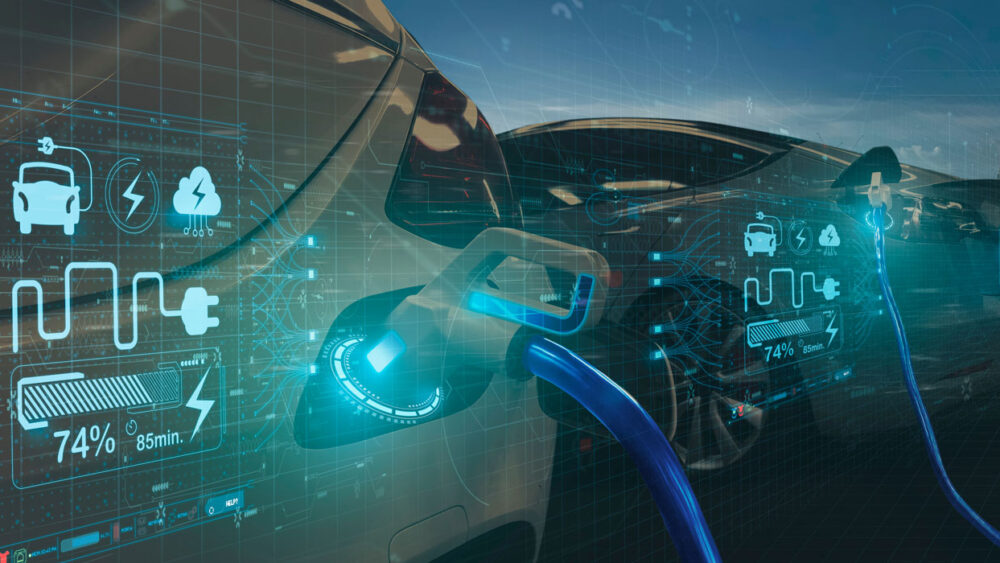AI agents — intelligent tools that plan, decide, and execute tasks with minimal human supervision — are no longer science fiction. In 2025, these autonomous tools are becoming integral to how professionals, creators, and businesses streamline their work, make faster decisions, and scale operations. This post dives into what AI agents are, how they work, real-world use cases, ethical issues, and how to adopt them safely and effectively.
What Exactly Are AI Agents?
An AI agent is a system designed to accept goals or instructions from a user, then autonomously plan, execute, and adapt steps to achieve those goals. Unlike basic automation tools that require human input at each stage, AI agents can parse context, navigate branching tasks, and adjust when things change. They combine elements of machine learning, natural language processing, reinforcement learning, and automated workflows.
Some agents are simple — like scheduling emails or reminders based on your calendar — while others are more complex: summarizing long documents, coordinating data across multiple applications, handling customer service chatbots with escalation, or even managing project plans.
How AI Agents Work — Key Components
- Goal parsing: The agent receives a user-defined goal. This can be as simple as “summarize this report” or as complex as “manage this project from kickoff to delivery”.
- Planning & decomposition: The agent breaks the goal into steps or sub-goals. It might schedule tasks, delegate parts, or fetch necessary data.
- Decision & execution: For each subtask, the agent uses models (e.g. NLP, ML) to decide how to act, which tools or APIs to call, etc.
- Adaptation: If parts of the plan fail (e.g. an API doesn’t respond, data is missing), the agent re-routes, retries, or reports back to the user.
- Feedback & learning: Over time, agents that have learning modules adjust based on user correction, performance metrics, or external feedback.
Real-World Use Cases in 2025
As more platforms integrate agents, these are some high-impact use cases that are gaining traction this year:
- Personal Productivity: Agents that manage task lists, schedule repetitive tasks, plan your week based on priorities, and remind you about deadlines without needing constant reminders.
- Customer Support: Chatbots with escalation: handling basic queries, but routing issues intelligently when human oversight is needed. Some agents can analyze sentiment and route negative feedback automatically.
- Content Creation: Summary agents that turn long research papers into digestible briefs, draft blog posts, translate content, or generate outlines based on prompts.
- Business Operations: Agents managing finances (e.g. compiling invoices, analyzing expenses), coordinating teams across tools (Slack, Asana, Google Workspace), or assisting in supply-chain tracking and alerts.
- Health & Wellness: Agents that suggest wellness routines, track fitness or diet, remind users to take breaks, schedule medical appointments, or summarize health records (with privacy controls).
Benefits of Using AI Agents
When implemented properly, AI agents bring several advantages:
- Efficiency & time savings: Automate repetitive or routine tasks so humans can focus on decisions, creativity, or strategy.
- Scalability: As organizations grow, agents can scale tasks without proportional increase in human labor.
- 24/7 availability: Some agents can monitor, respond, or act outside of standard business hours.
- Consistency & error reduction: By automating defined workflows, reduce human error, and ensure standardized outputs.
- Insight & analytics: Agents can gather data from tasks, monitor performance, and report metrics that might otherwise be overlooked.
Risks & Ethical Considerations
However, not all that glitters is gold. The rise of AI agents also comes with risks, limitations, and ethical concerns that organizations and individuals should carefully manage:
- Over-automation: Relying too much on agents without human oversight can lead to mistakes, especially when the agent misinterprets ambiguous prompts or low-quality data.
- Bias in decisions: If the training data has bias, or if the agent inherits flawed decision logic, outputs may produce unintended or unfair consequences.
- Privacy & security: Agents often require access to personal or organizational data. Without secure design, data leaks or misuse can occur.
- Transparency: Users should understand how decisions are made, have visibility into the agent’s reasoning (as much as feasible), and ability to override it.
- Dependence risk: Losing basic skills (planning, decision-making) if agents do everything, or vendor lock-in with proprietary agent platforms.
How to Adopt AI Agents Safely
If you or your organization want to tap into AI agents, here are best practices for safe and effective adoption:
- Start small: Select low-risk, well-defined tasks (e.g. summarization, scheduling) as pilots.
- Audit results: Always review agent outputs, especially in early stages; track errors or misalignments to refine prompts or settings.
- Set clear roles: Define what agent does vs. what human does—especially for critical decisions, to avoid automation overreach.
- Maintain data control: Limit data access, encrypt sensitive information, build in privacy protections and consent when personal data is involved.
- Monitor continuously: Set up feedback loops, usage metrics, error reports, and periodically revise how you use agents as tech evolves.
What to Look for in Tool Providers
Not all AI agents are built equally. When evaluating agent platforms, keep an eye on:
- Model transparency — can you see what logic or models are in use?
- Data privacy policies and compliance (GDPR, CCPA, HIPAA etc.)
- Customizability — ability to tailor the agent’s behavior and domain knowledge
- Integration support — how many applications/APIs the agent can connect with
- Cost structure — some agents charge per API call, others per task or subscription
Future of AI Agents — What’s Next
Looking forward, we can expect several trends to accelerate:
- Better multimodal agents — combining vision, text, audio, action in more seamless ways.
- Agents that learn continuously from user behavior, personalizing their style and preferences.
- More regulation and standardization in ethical AI, especially around transparency, fairness, and safety.
- Agent ecosystems — where multiple specialized agents collaborate (e.g. one for data, one for scheduling, one for analysis).
- Agent marketplaces — pick-and-choose agent plugins or skills to augment base agents.
Conclusion
AI agents represent a major shift in how people and organizations manage productivity. While there are risks — over-automation, bias, privacy — the upside is substantial when done right. The future is likely to see these tools not as curiosities, but as trusted partners in everyday work: helping with routine tasks, freeing up human creativity, and scaling operations in ways we couldn’t before.
If you’re interested in adopting AI agents, start with defined tasks, monitor carefully, maintain oversight, and always prioritize ethics and data privacy. The journey is just beginning, and the sooner teams get it right, the more benefit they’ll capture as the technology matures.



